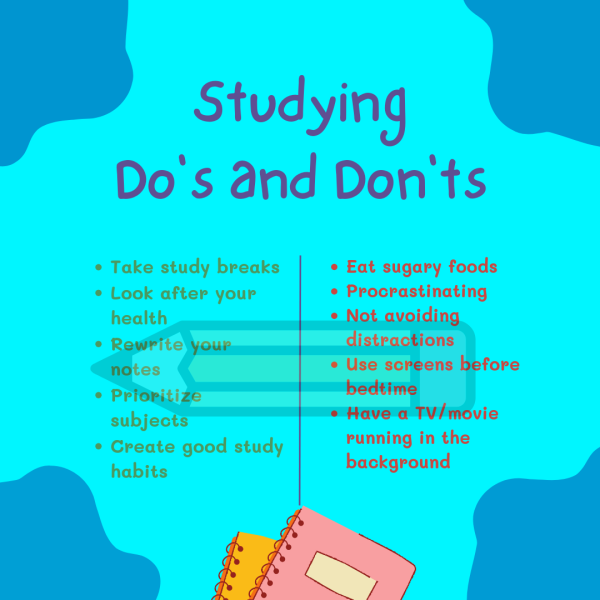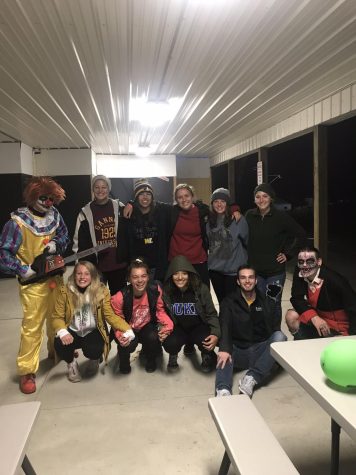Is Zoom a communication platform or a new way of life?
Schooling amongst COVID-19 has begun, and students have developed a new stressor: Zoom fatigue. This chatting platform has become a lifestyle for students and administrators alike. Virtual learning is the safest alternative, but student motivation is suffering.
Students are discovering that communication is a challenge through Zoom. According to Jennifer Dorman, a linguistics expert, 70% of physical conversation relies on nonverbal cues. Students struggle to comprehend content because they have lost over half of their instinctual gestures.
Increased screen time also contributes to Zoom fatigue. “I spend most of the day watching lectures or scrolling through my phone, and I can feel the difference in my mood,” said Sarah Brannon, a West Liberty student.
The alternative to student safety looks bleak, but classroom fatigue is too. Virtual schooling can succeed if professors utilize personal interaction. Ask your students how they are and let them know you understand.
Focusing on more than one person can be draining, but users can eliminate this feeling by adopting the speaker only view located on the right side of the screen. This feature decreases distractions and improves comprehension.
Keep education alive by staying engaged and participating in healthy communication.

Brianna Hamon, editor-in-chief of The Trumpet, is a senior at West Liberty University with a major in public relations and a minor in journalism. In the...






